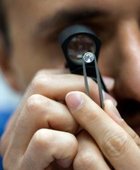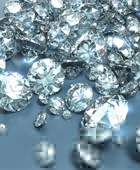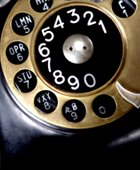Understanding What Defines an Antique Diamond
Antique diamonds are not merely old diamonds; they represent a specific era of craftsmanship, historical value, and distinctive cutting styles that set them apart from modern counterparts. Typically, a diamond is considered “antique” if it is over 100 years old, though many experts also include pieces from early to mid-20th century periods, especially those featuring older cutting techniques like the Old Mine Cut, Old European Cut, and Rose Cut. These diamonds were cut by hand, often before modern symmetry and laser-cutting technologies were available. As a result, they frequently possess a unique character, asymmetry, and fire that modern diamonds often lack. The provenance and historical significance of antique diamonds—especially those tied to notable periods such as the Georgian (1714–1837), Victorian (1837–1901), Edwardian (1901–1910), and Art Deco (1920s–1930s) eras—also contribute greatly to their classification and value. Understanding these distinctions is critical when evaluating or investing in historical gems, as each era carries unique stylistic hallmarks that affect desirability and price.
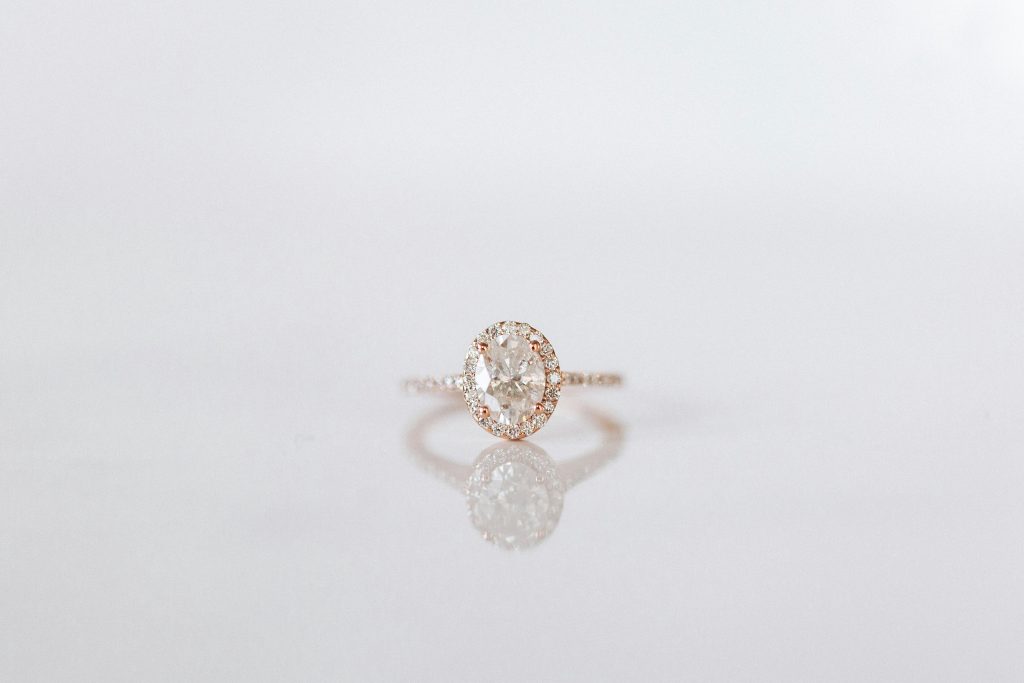
Historical Cutting Styles and Their Impact on Value
Each historical period brought its own unique approach to diamond cutting, directly influencing the stone’s appearance and value today. For instance, the Old Mine Cut, popular during the Georgian and Victorian periods, is known for its squarish shape, high crown, small table, and large, open culet. These features give it a soft, romantic glow, especially under candlelight. Meanwhile, the Old European Cut, prevalent in the late 19th and early 20th centuries, is a precursor to the modern brilliant cut, featuring a rounder shape and improved symmetry, but still lacks the precision of modern cuts. The Rose Cut, which dates back to the 1500s and saw continued use into the 19th century, is recognized for its flat bottom and domed top with triangular facets, offering a subtle shimmer rather than the intense sparkle of newer cuts. These older styles often appeal to collectors for their uniqueness, craftsmanship, and period authenticity. Importantly, because they were cut by hand, antique diamonds can display charming imperfections and idiosyncrasies, which are increasingly seen as desirable by niche markets. Their rarity, artistry, and the stories they potentially carry often enhance their market appeal and appraisal values.
Assessing the Quality and Authenticity of Antique Diamonds
Assessing an antique diamond requires a combination of gemological knowledge and historical insight. While modern diamonds are judged largely by the Four Cs—cut, color, clarity, and carat—antique diamonds require additional considerations. For example, their cut cannot be directly compared to modern ideal proportions, as historical cutters prioritized different visual outcomes. Instead, evaluators must consider the stone’s symmetry within its historical context, as well as the overall craftsmanship. Inclusions and flaws are often more accepted in antique diamonds, especially if they do not detract from the stone’s visual appeal or structural integrity. One of the key steps in assessment is to confirm whether the stone is truly antique or merely vintage or reproduction. This is often done through a combination of visual inspection, provenance documentation, and in some cases, laboratory testing for historical wear, mounting techniques, or even spectral properties. Institutions like the Gemological Institute of America (GIA) may not always grade antique cuts to modern standards, but they can provide vital verification about the stone’s origin and material authenticity. Collectors and sellers may also rely on reputable antique jewelry appraisers who specialize in period pieces to get an accurate valuation.
Factors Influencing the Market Value of Antique Diamonds
Numerous variables influence the value of an antique diamond, beyond the standard Four Cs. Provenance, historical context, period-specific settings, and overall condition of the stone and mount all play a critical role in determining price. A diamond that has remained in its original setting from a notable period, especially from recognized designers or historical figures, will often command a premium. In contrast, antique diamonds that have been recut to modern standards or reset in non-original mounts may lose some of their historical charm and collectible value. Market demand is another important factor; certain cuts or periods come in and out of fashion. For example, interest in Edwardian and Art Deco jewelry has remained relatively strong, partly due to the elegance and craftsmanship associated with those eras. Additionally, scarcity plays a major role—many antique diamonds are one-of-a-kind and cannot be replicated due to their cutting style or the materials used in their settings. As with all collectible assets, condition is key. Chips, abrasions, or poorly done repairs can significantly affect value, especially if they interfere with the stone’s integrity or reduce its visual appeal.
Buying Antique Diamonds: Where to Start and What to Know
When buying antique diamonds, it’s essential to combine passion with due diligence. Unlike standardized modern diamonds that can be purchased with comparative ease based on grading reports, antique diamonds require a more hands-on and educated approach. Prospective buyers should start by identifying reputable antique dealers or auction houses that specialize in historical gems. Renowned institutions such as Sotheby’s, Christie’s, and specialized antique jewelers offer vetted selections often accompanied by expert evaluations. Buyers should be cautious of online marketplaces unless the seller is well-established and offers a comprehensive return policy and documentation. It is highly advisable to request provenance, past ownership, and any available gemological reports or independent appraisals. One must also be aware of restoration work; while some pieces are meticulously preserved, others may have undergone repairs or alterations that affect their historical authenticity. Educating oneself on period styles and typical price ranges for different cuts and carats will provide leverage in negotiation and ensure more informed decision-making. For first-time buyers, working with a knowledgeable gemologist or appraiser during the selection process can provide valuable insights and safeguard against costly mistakes.
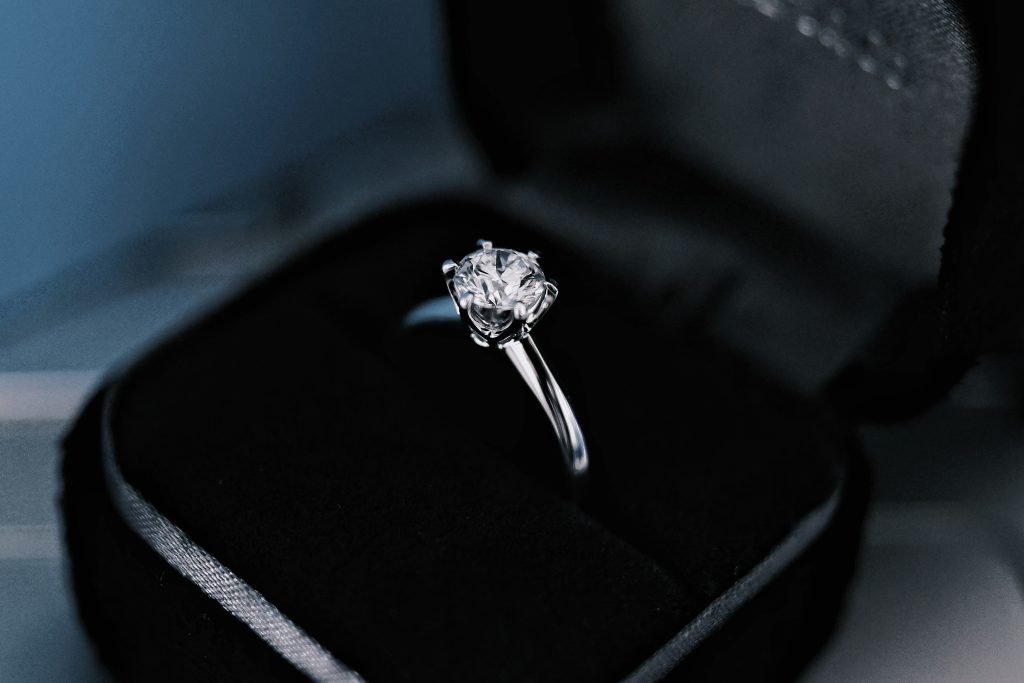
Selling Antique Diamonds: Strategies for Maximizing Value
Selling antique diamonds involves a strategic approach that balances historical integrity with market expectations. Unlike contemporary diamonds, antique pieces attract a specialized segment of buyers who often prioritize uniqueness, provenance, and craftsmanship over standardized grading metrics. Therefore, the first step in selling is obtaining a professional appraisal from an expert familiar with antique jewelry. This may include both a gemologist and a historian who can verify the stone’s age, origin, and craftsmanship. Sellers should ideally secure detailed documentation, including past ownership records, any changes in the setting, and, if possible, a gemological report. Presentation also plays a critical role; cleaning the diamond and showcasing it in appropriate lighting or with its original packaging or setting can greatly enhance appeal. The next decision involves choosing the right sales channel—whether through auction houses, antique dealers, or specialized online platforms. Each has distinct advantages: auctions can yield high prices for rare items, while dealers may offer quicker but potentially lower sales. Private collectors, especially those with interest in a specific era, can also be an excellent route. Regardless of method, transparency, and documentation are crucial in building buyer trust and achieving fair market value.
The Role of Provenance and Documentation in Antique Diamond Sales
Provenance is often a decisive factor in the valuation and sale of antique diamonds. A gem that can be traced back to a specific individual, historical event, or period often commands a premium, especially if the documentation is verifiable and well-preserved. Provenance can include written ownership records, inclusion in catalogues, estate paperwork, or even photographic evidence of previous wearers. In some cases, antique diamonds that were part of aristocratic or royal collections have fetched extraordinary sums due to their unique history. Sellers should make every effort to collect and present this documentation, even commissioning research or historical validation if necessary. Additionally, original receipts, maker’s marks, and hallmark stamps on the setting can further authenticate a piece. If provenance is not available, professional certification that validates the era and style of the diamond still adds value and confidence for buyers. In an increasingly skeptical market where reproductions abound, clear, verifiable records offer a competitive edge and can be the difference between a moderate and exceptional sale price.
Legal and Ethical Considerations in the Antique Diamond Trade
When dealing in antique diamonds, sellers and buyers alike must be aware of the legal and ethical frameworks that govern such transactions. One key concern is the verification that the diamond was not illicitly acquired or trafficked, particularly in conflict-affected regions or during colonial periods. Reputable sellers should be able to demonstrate that their inventory was legally obtained and imported. Another consideration involves the treatment of antique settings and whether any modifications may have compromised the piece’s authenticity or violated conservation best practices. In some jurisdictions, the sale of antique jewelry may require disclosure of any restorations, enhancements, or replacements. Furthermore, for diamonds believed to be part of cultural heritage or national treasures, there may be restrictions on export or private ownership. Ethical sourcing, even in the context of historical pieces, is becoming more important as consumers seek assurance that their purchases do not perpetuate historical injustices. Consequently, transparent documentation and careful sourcing are not only best practices but also align with growing consumer awareness and regulatory trends in the antique jewelry trade.
Insurance, Storage, and Long-Term Care of Antique Diamonds
Owning or dealing in antique diamonds involves more than simple transactions—it requires a long-term perspective on care and preservation. Proper storage is critical to maintaining both the diamond and its setting, particularly when dealing with fragile antique metals like platinum, silver, or early gold alloys. These settings can be softer or more prone to wear than modern alloys, making them vulnerable to damage from careless handling or exposure to heat, chemicals, or humidity. Therefore, it’s advised to store antique diamond pieces in individually padded cases and avoid stacking or contact with other jewelry. Insurance is another vital consideration. Because antique diamonds are often irreplaceable and possess fluctuating market values, it’s important to obtain specialized jewelry insurance that accounts for historical and sentimental value—not just material worth. Appraisals should be updated regularly to reflect current market trends. For owners seeking to wear antique diamonds, occasional professional inspections can help identify early signs of wear, looseness in prongs, or other issues before damage occurs. Ultimately, long-term care ensures not only the physical preservation of these gems but also the retention of their historical and financial value for future generations.


